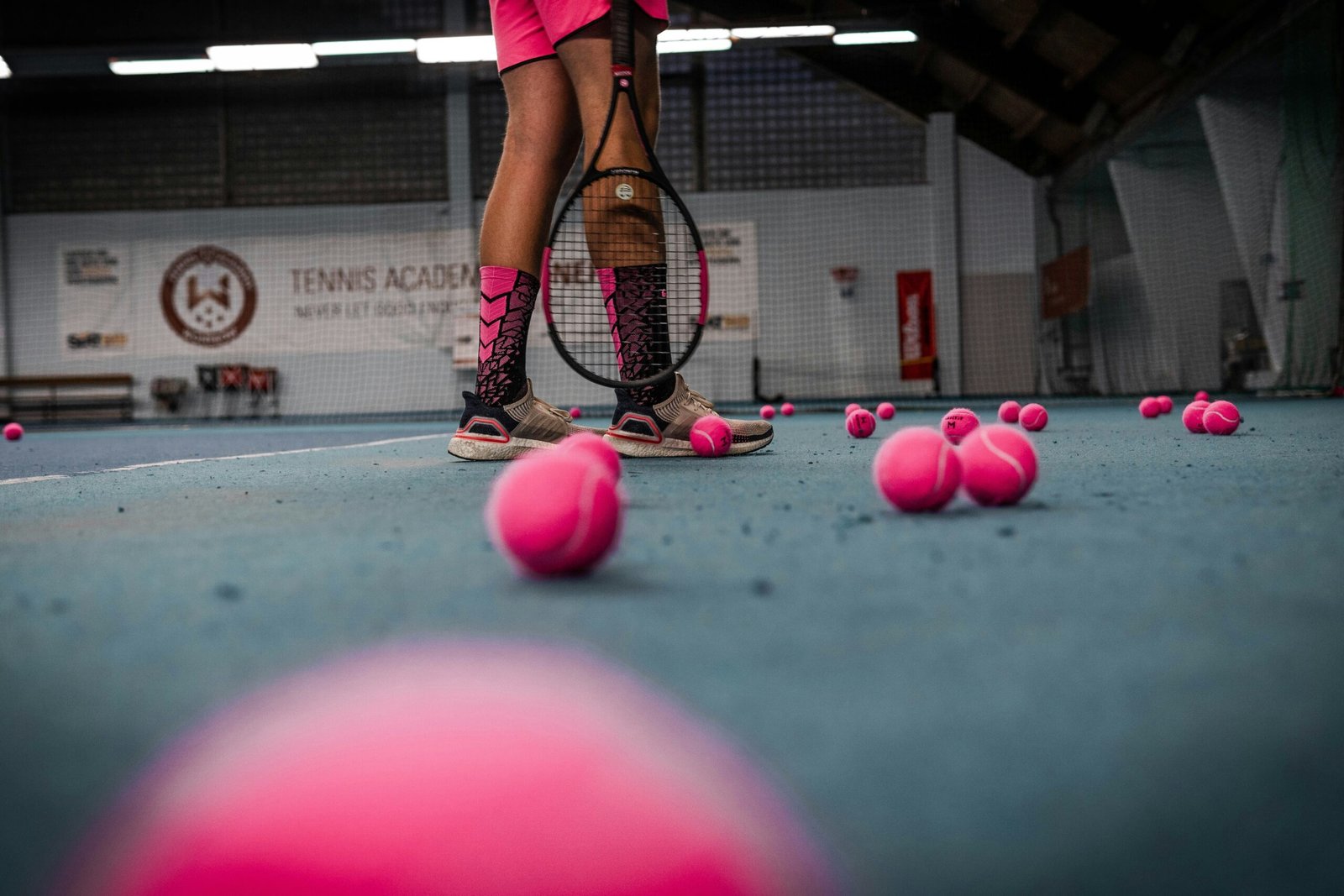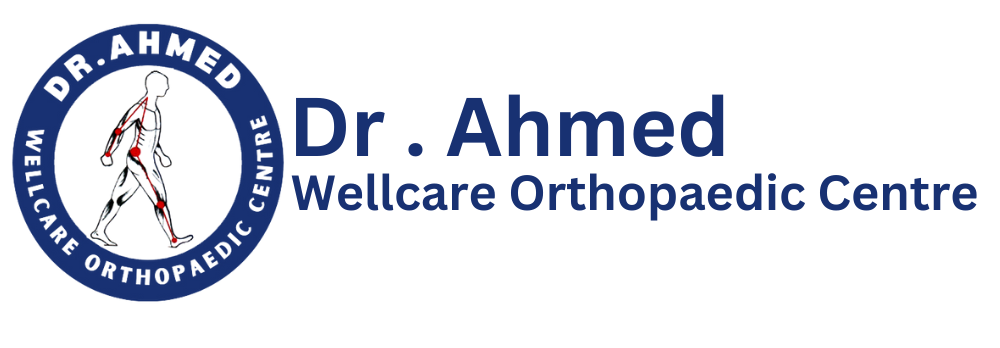Types of Sports Injuries
Sports injuries can be broadly categorized into acute and chronic injuries, each presenting distinct characteristics and causes. Acute injuries are those that occur suddenly during physical activity, often caused by a specific impact or traumatic event. Common examples of acute injuries include sprains, strains, fractures, and dislocations. A sprain involves the stretching or tearing of ligaments, while a strain refers to an injury to a muscle or tendon. Both sprains and strains frequently result from abrupt movements, improper technique, or excessive force applied to joints and muscles.
Fractures, on the other hand, are more severe injuries that occur when a bone is subjected to excess stress or trauma, leading to a break. Dislocations involve the displacement of bones at a joint, causing significant pain and restricting movement. These acute injuries often require immediate medical attention to mitigate long-term complications and expedite recovery.
Chronic injuries develop gradually over time, usually as a result of repetitive motion or prolonged strain on particular body parts. Tendonitis is a prevalent chronic injury among athletes, characterized by inflammation of tendons due to overuse. This condition typically manifests in areas such as the elbow (tennis elbow) or shoulder (rotator cuff tendonitis), where repetitive motions are commonplace. Chronic injuries can often be attributed to insufficient recovery time, inadequate conditioning, or improper footwear and equipment.
Understanding these types of sports injuries is crucial for awareness among athletes, coaches, and enthusiasts alike. Recognizing the signs and symptoms of both acute and chronic injuries can significantly contribute to timely treatment, minimizing the risk of long-lasting damage. Appropriate interventions following an injury—whether acute or chronic—are essential for ensuring a safe return to physical activity, highlighting the need for prevention strategies as well.
Treatment Options for Sports Injuries
When an athlete sustains a sports injury, immediate care is crucial for minimizing damage and promoting healing. One of the most recognized initial treatment protocols is R.I.C.E, which stands for Rest, Ice, Compression, and Elevation. Resting the affected area helps prevent further injury, while applying ice can reduce swelling and alleviate pain. Compression through bandages or wraps assists in controlling inflammation and supports the injured tissue. Finally, elevating the injured limb above the level of the heart can further reduce swelling.
Once the immediate injury is managed, the next steps involve a more comprehensive evaluation and treatment plan, often facilitated by a healthcare professional. This may include diagnostic imaging, such as X-rays or MRIs, to ascertain the extent of the injury. Based on the findings, treatment options can vary significantly. For mild injuries, over-the-counter medication, such as nonsteroidal anti-inflammatory drugs (NSAIDs), may be recommended to relieve pain and inflammation.
In more complex cases, physical therapy often plays a central role in recovery. A physical therapist will design a rehabilitation program tailored to the specific injury, focusing on restoring strength, flexibility, and function. These programs are essential as they not only aid in recovery but also help athletes return to their pre-injury performance levels. In certain circumstances, surgical intervention may be necessary, particularly for severe injuries like torn ligaments or fractures. Surgery aims to repair the damaged structures, followed by rigorous rehabilitation to ensure proper recovery.
In conclusion, the treatment of sports injuries encompasses a diverse range of strategies, from immediate care practices to advanced medical interventions. Understanding these options and following a structured rehabilitation program is vital for athletes striving to return to their sport safely and efficiently. Seeking guidance from healthcare professionals throughout the process guarantees a more effective and informed recovery journey.
Preventive Measures for Sports Injuries
Preventing sports injuries is a crucial aspect of athletic participation, as it ensures that athletes remain healthy and can perform optimally. One of the foundational practices in injury prevention is the implementation of proper warm-up and cool-down routines. Engaging in a dynamic warm-up increases blood flow to the muscles, enhances flexibility, and prepares the body for the physical demands of the sport. Conversely, cooling down aids in gradually lowering the heart rate and reducing muscle stiffness.
The appropriate use of gear and equipment cannot be overstated when discussing preventive measures. Athletes must select and maintain gear suitable for their sport, which may include helmets, mouthguards, pads, and specialized footwear. When gear is consistently worn and appropriately fitted, it acts as a physical barrier that significantly reduces the risk of injury.
Strengthening exercises play an integral role in injury prevention by building muscle resilience. By targeting specific muscle groups associated with the sport, athletes can enhance their overall performance and mitigate the risk of strains and sprains. Additionally, integrating flexibility training into regular routines helps improve range of motion, which is essential for performing movements correctly and safely.
Education and training are paramount in understanding the body’s signals and limitations. Athletes who are knowledgeable about their physical condition are better equipped to recognize potential indicators of injury. This awareness not only reinforces safe practices in training and competition but also encourages athletes to seek guidance when necessary. Coaches and trainers should be engaged in ongoing education to ensure they are providing correct techniques and injury prevention strategies, ultimately contributing to a safer sports environment.
When to Seek Professional Help
Recognizing when to seek professional help for a sports injury is crucial for athletes at any level. While minor injuries may often resolve with basic first aid and rest, certain symptoms indicate that a more serious condition might exist, warranting immediate medical evaluation. Persistent pain is a primary warning sign; if pain continues despite rest and self-treatment, it is advisable to consult a healthcare professional. Ignoring ongoing pain can lead to exacerbation of the injury, potentially resulting in more severe complications.
Swelling is another significant indicator that professional help may be needed. If swelling occurs around a joint or muscle area, and especially if it does not subside within a day or two, this could reflect an underlying issue that requires diagnostic imaging or treatment. Additionally, an inability to perform normal activities—such as walking, running, or engaging in sport-specific movements—highlights the necessity of a thorough medical assessment. Loss of function is a strong indication that an injury may be more serious than initially presumed.
Early intervention plays a vital role in the recovery process. Promptly addressing any concerning symptoms can significantly enhance recovery outcomes and reduce the risk of chronic issues. By consulting a sports medicine specialist or healthcare provider, athletes can receive a tailored treatment plan, including rehabilitation exercises and pain management strategies designed to facilitate healing. It is vital to remember that while some injuries can be managed at home, professional guidance often yields the best results, optimally paving the way for a safe return to full activity levels. In conclusion, staying vigilant for these warning signs can help ensure timely and effective treatment, allowing athletes to maintain their health and performance.
Frequently Asked Questions ?
Q. What are the most common sports injuries?
Ans. Common sports injuries include sprains, strains, fractures, dislocations, concussions, and overuse injuries like tendonitis and stress fractures.
Q. How can I tell if my sports injury is serious?
Ans. Signs of a serious injury include severe pain, swelling, inability to move the joint or limb, numbness, or deformity. In these cases, it’s important to seek medical attention.
Q. What are the best immediate treatments for a sports injury?
Ans. The RICE method (Rest, Ice, Compression, Elevation) is often the first-line treatment for acute sports injuries, reducing swelling and pain.
Q. How long does it take to recover from a sports injury?
Ans. Recovery time depends on the type and severity of the injury. Minor injuries may heal within a few weeks, while more severe injuries can take several months.
Q. What types of treatments are available for sports injuries?
Ans. Treatments can range from rest, physical therapy, and anti-inflammatory medications to more advanced interventions like corticosteroid injections or, in rare cases, surgery.
Q. When should I see a doctor for my sports injury?
Ans. If there is persistent pain, swelling, a loss of movement, or if symptoms worsen despite rest and home treatments, it’s important to consult a healthcare professional.
Q. What role does physical therapy play in sports injury recovery?
Ans. Physical therapy helps restore strength, flexibility, and range of motion. It is a key part of rehabilitation, reducing the risk of re-injury.
Q. How can I prevent sports injuries in the future?
Ans. Preventing injuries involves proper conditioning, using correct technique and equipment, warming up before activity, and ensuring adequate recovery between sessions.
Q. Can overuse injuries be prevented, and what are the signs?
Ans. Overuse injuries can be prevented by listening to your body, taking rest days, and avoiding excessive repetitive movements. Early signs include discomfort that worsens with activity.
Q. Is it safe to return to sports after an injury, and how can I ensure a safe comeback?
Ans. Returning to sports after an injury should be guided by a healthcare provider. Proper rehabilitation, strengthening exercises, and easing back into activity gradually are critical to avoid re-injury.









